When you are in high school struggling just to get by, it’s hard to see opportunities that can help break through the barriers to become a thriving adult.
It’s even more difficult when those who are there to support you, including high school counselors and administrators, don’t know of programs to help you succeed.
One such opportunity is dual-enrollment. It gives high schoolers a taste of college, allowing them to take college courses for credit in high school. It also saves lots of money in tuition, since the college credits are free or low cost. Most importantly, students who participate in high-quality dual enrollment programs are more likely to graduate high school, enter college, and graduate with a degree.
“Earning college credits while still in high school shows kids that they have what it takes to succeed,” says Amy Lemley, executive director of John Burton Advocates for Youth (JBAY). “It can be a wonderful program, but it’s so frustrating that the youth who need that boost the most are those least likely to know about this option.”
Studies have shown that students who are most underrepresented in college—young men of color, students from low-income families, and first generation college students—often benefit the most from dual enrollment. Yet it’s a program that’s mostly been used by families who already have experience with higher education.
Despite the clear benefits, California has not officially implemented dual enrollment as a strategy to improve access to higher education for foster youth. As a result, high schools and community colleges across the state have faced significant barriers in advancing dual enrollment programs, including lacking the clear guidelines and protocols to establish the programs.
To remedy this, JBAY is partnering with the Career Ladders Project to help three college campuses offer dual enrollment to youth with experience of foster care, homelessness or juvenile justice. Through this collaboration, JBAY will develop a learning agenda, offer technical assistance to the campuses, and document challenges and successes. The lessons learned from these pilot programs will be used to create guidelines for other campuses to create their own programs.
“Ensuring that students from disadvantaged backgrounds have access to this program will not only give them more opportunities to succeed, but allow them to see their potential,” says Lemley. “We’re excited to be building more onramps to higher education. It’s one of the best routes out of generational poverty.”
